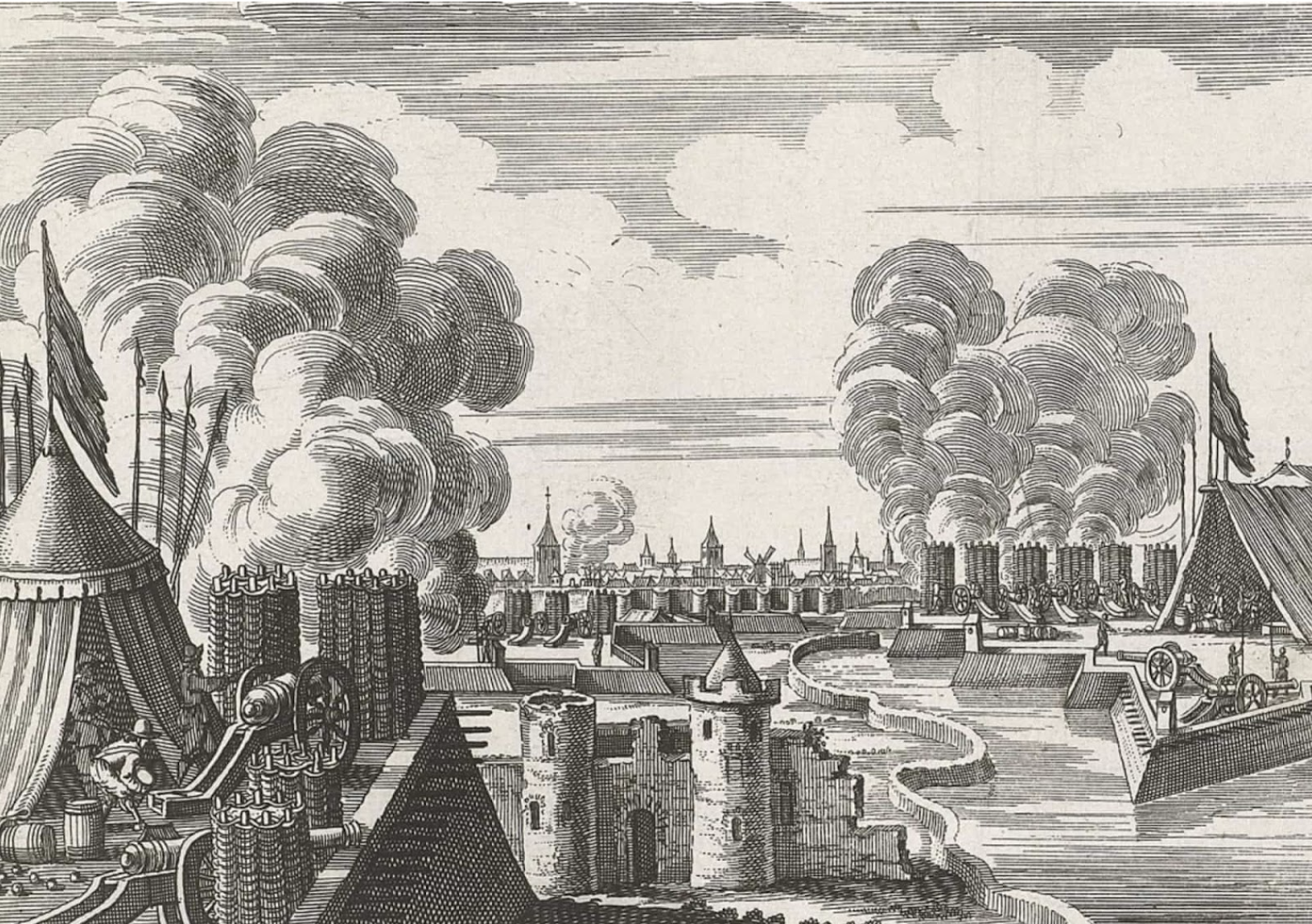By Claire Hines, Year 12
From 600 BC to the present day, chemical weapons have and are still being used in warfare on both civilian and military populations. The 30th of November is a day dedicated to all victims of chemical weapons whose lives and health have been permanently affected by exposure to the latter. But what is chemical warfare? How were chemical weapons used in warfare through the course of history, and how are they still used today?
According to the Cambridge Dictionary, chemical warfare is “the use of poisonous gases and other harmful chemicals against enemy forces”. The first documented usage of chemical warfare occurred in 600 BC when Athenian forces poisoned the water supply of Kirrha, a city on the coast of what is now called Greece which they were besieging, with hellebore root. Chemical weapons were later used in gaseous form for the first time by the Spartan army in 479 BC whilst besieging the city of Platea during the Peloponnesian war. They burned sulphur around the city to create a toxic smoke that asphyxiated most of the inhabitants and brought the city to its knees.
Later in 327 BC, Alexander the Great is recorded to have gone to battle against the Harmatelian people who specialized in another form of chemical warfare: weapons tipped in poison. The poison was derived from viper venom and coated on all their spears, javelins, swords, daggers, and arrows doing great damage. According to legend Alexander had a dream from the gods the day before the battle instructing him how to make a medicine to combat the poison. He allegedly did so, and the Harmatelians were defeated. Another form of primitive but effective chemical warfare was that of catapulting carefully sealed earthen ware jars containing venomous scorpions or snakes amongst the men on an enemy boat or by besieged civilians on their attackers at the foot of the walls. Hannibal is said to have used this tactic with venomous snakes against the Roman fleet to a devastating effect.
As we can see, there were multiple very horrific and strangely creative chemical weapons being put into practice in the years before Christ, but they grew steadily worse. Archaeologists have recently uncovered 20 corpses beneath the ancient city of Dura-Europos. According to historians, the Roman-held city was besieged by Persian attackers who mined beneath the walls. When a contingent of 19 Romans went down one such mine to stop the attackers entering, they were met with a thick black smoke which brought them a very quick and agonising death; the body of the Persian who was burning the noxious gas was also found having choked in his own poison. This goes to show that chemical weapons in gaseous form are most certainly the most lethal form of chemical weapon and extremely dangerous to use. How to gas the enemy without harming one’s own troops?
The Ancient Greeks, once again, were the first on the scene. They perfected primitive gas masks using sponges designed to absorb noxious fumes so that the wearer wouldn’t breathe them in. However, it was not until 1847 that the first gas masks that most resemble our modern-day ones were perfected by Lewis Haslett, an American engineer. But the world was not blind to the dangers and horrors of chemical weapons such as noxious gases. In 1899, the world’s military leaders met and signed the Hague convention, banning the use of chemical weapons. However, World War One shows us how little a signature really means.
In October 1914, German forces fired 3000 canisters of dianisidine chlorosulfate, a lung irritant, at the British forces at Neuve-Chapelle. The gas however had no effect as it incinerated when the canisters were fired. The British soldiers did not even know they had been exposed to chemical weapons! But the Germans did not give up, and despite other setbacks they finally succeeded. On the 22nd of April 1916, they fired thousands of cylinders of chlorine gas amongst the enemy, resulting in the death of over 1100 men, and 7000 casualties.
According to British Officer Martin Greener: “Just at dawn they opened a very heavy fire, especially machine-gun fire, and the idea of that was apparently to make you get down. And then the next thing we heard was this sizzling – you know, I mean you could hear this damn stuff coming on – and then saw this awful cloud coming over. A great yellow, greenish-yellow, cloud. It wasn’t very high; about I would say it wasn’t more than 20 feet up. Nobody knew what to think. But immediately it got there we knew what to think, I mean we knew what it was. Well then of course you immediately began to choke, then word came: whatever you do don’t go down. You see if you got to the bottom of the trench you got the full blast of it because it was heavy stuff, it went down.”
The British then used gas as well at the battle of Loos a few months later, and the morbid cycle had begun; Gas masks became mandatory both at the front and at home.
The use of chemical weapons was banned again at the end of World War One, as they had resulted in over 1.3 million casualties, but once again this was to no avail. During World War Two, gas was used most famously in concentration camps on hundreds of thousands of people during the Holocaust. This is no surprise since Hitler himself was exposed to a gas attack during World War One and knew the effectiveness of the weapon from personal experience.
The world has again and again been shown the horrors of chemical warfare, but it is still in use today. From 2004 to 2011, American troops found nearly 5000 chemical weapons in Iraq, and in 2013, the Syrian military used sarin gas on their own civilians during the Syrian Civil War, killing hundreds.
But what measures have been taken to prevent the usage of chemical weapons? The O.P.C.W. (Organisation for the Prohibition of Chemical Weapons) have been fighting since their creation in 1977 for the prohibition of all chemical weapons in every country of the world and the enforcement of such a measure in order to prevent more people from suffering from exposure to these deadly weapons: “The ultimate aim of the OPCW is to achieve a world permanently free of chemical weapons and to contribute to international security and stability, general and complete disarmament, and global economic development.”
On the 30th of November, we remember the victims of this horrific form of warfare, and express our desire for an end to the usage of chemical weapons through the support of organisations such as the O.P.C.W.
Sources
https://www.opcw.org/about/mission
https://www.iwm.org.uk/history/voices-of-the-first-world-war-gas-attack-at-ypres
https://listverse.com/2020/06/10/10-biological-and-chemical-weapons-from-the-ancient-world/
https://archive.org/details/alexanderscampai0000egge/mode/2up



